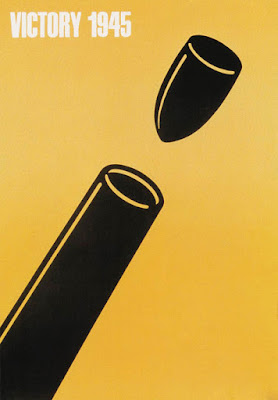Artist research-advertisement
Shigeo Fukuda(February 4, 1932 - January 11, 2009) was a sculptor, graphic artist and poster designer who created optical illusions.
“I believe that in design, 30 percent dignity, 20 percent beauty
and 50 percent absurdity are necessary,” Shigeo Fukuda told Idea Magazine. Fukuda was born in 1932 in Tokyo, Japan to a family primarily employed as toy makers. Early in his adulthood he had an interest in the principles of Swiss design and starting in 1956 he attended the Tokyo University of Fine Arts and Music. The first Japanese designer to be inducted into the New York Art Directors Club Hall of Fame, his work is recognizable for its simplicity and use of visual illusions.One of his most famous works is entitled Victory 1945 and it won him a grand prize at the Warsaw Poster Contest in 1975, a competition whose proceeds helped fun
the Peace Fund Movement. Much of his work was designed to make a social impact rather than a commercial one and he was a strong advocate for pacifism and environmentalism. Not only a designer he also practiced sculpture, one example of which was a large sculpture of silverware that resembled a helmet but cast an intricate shadow of a motorcycle titled Lunch with a Helmet On. He died in 2009 of a heart attack.Long before Noma Bar cut out his first silhouette, Japanese designer Shigeo Fukuda was creating startlingly bare poster designs of logo-like simplicity, often bitingly satirical in their content and always expertly composed. Like Escher before him, Fukuda’s work experiments boldly with perspective, negative space and the visual and geometric interplay between elements on the page, often disorientating the viewer with its constructed depth and irregular visual planes. Unlike Escher however, his creations utilise a minimal, considered line occasionally punctuated with infill.Fukuda’s trademark style developed from
an early interest in Swiss graphic design and its stark contrast to contemporary Japanese work. The limited colour palettes and reductive line work remained at the heart of his work until his death in 2009. Testament
to Fukuda’s skill was his induction into the Art Director’s Club Hall of Fame in 1987 – the first Japanese designer to be awarded such an honour – who described him as “Japan’s consummate visual communicator.”










No comments:
Post a Comment